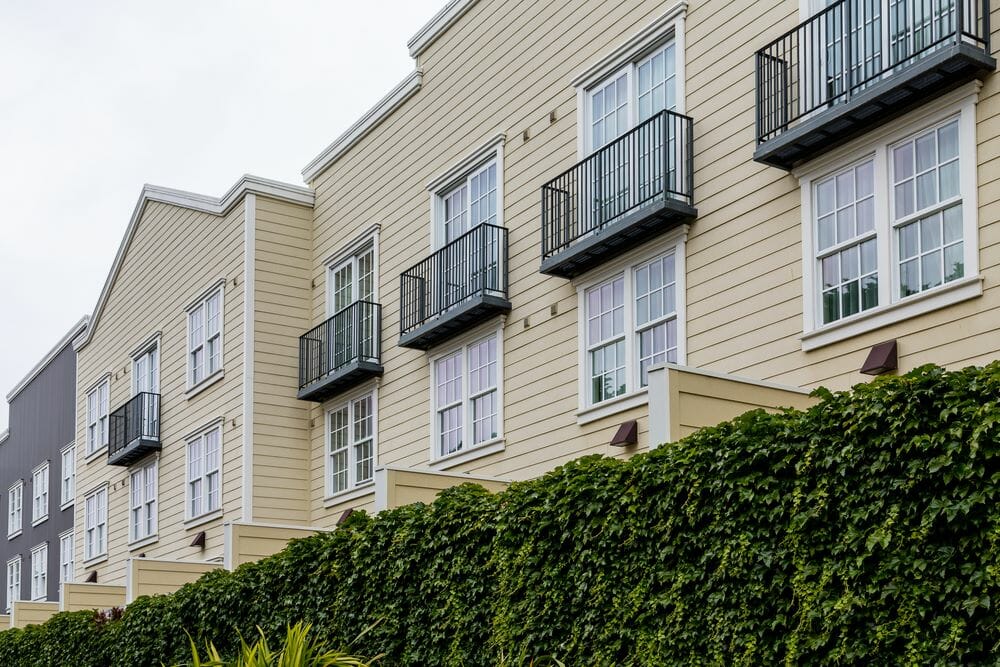What is Shiplap Siding?
Popularly referred to as the poor man’s tongue and groove, shiplap siding has become very common. This siding product has recently climbed up the ladder of siding materials in terms of the number of consumers and market share.

What is the cost of shiplap?
The cost of shiplap ranges between the minimum $0.95 per board foot and the maximum $4.00 per footboard. If you have some problems give Ideal Siding a call.
However, the mentioned cost only applies to the purchasing price of the shiplap siding board. But we all know that it cannot be installed on its own. For one, if you hire someone to do it, then you will have to include the labor cost too. However, if you do it yourself, then you have to consider costs like the tools, materials, and products you will use.
But this still does not make it as expensive as other sidings. The cheapest siding after shiplap is wood clapboard siding, ranging between $1.50 and $2.00. Copper siding is the costliest, ranging between $7.00 and $9.00 per board foot. These costs do not include other necessary additional requirements.
About shiplap
Shiplap is versatile and can be used for both exterior and interior panelling purposes. It is made using sheets of wood that have been tightened together with tight joints. The woods overlap on each other and are layered up to a thickness of between ¾ to 1 inch and a width of 3 to 10 inches.
Shiplap works best or rather is more durable in locations with cold weather and most homeowners use shiplap for exterior building purposes. Also, because of its rough utilitarian appearance, it can be used as a siding product for sheds as well as barns.
As mentioned above, someone not seasoned enough in this area can mistake it for tongue and groove, and it is only the price that will put you off looking deeper. Because of this immense and frequent confusion, let us have a small comparison of the two.
Shiplap vs tongue and groove siding
- While shiplap and tongue and groove sidings look almost the same, shiplap has a little bit less sophisticated mill.
- In terms of cost, shiplap is way cheaper than tongue and groove siding.
- Tongue and Groove siding provides slightly stronger seals than shiplap does.
- Compared to Groove and Tongue, Shiplap requires more precision during installation because a small error can lead to leaking.
To summarize it all up, shiplap is inexpensive, has an easy installation process, and has a functional appearance. It also takes time to install, has a cheaper quality than tongue and groove, and it is prone to leaking even with a slight error.
Versatility and appearance of shiplap
Shiplap provides a natural appearance to the house because it is made of high-standard wood like cedar. The impressive debut is also because the siding is installed by hands and this seamless lines and edges between one board and the other. Because of this, most homeowners have entirely adopted to it.
Another advantage of shiplap is that it can accept and result in an incredible appearance with any colour you choose to use. The same cannot be said for drywall and bricks.
Installation of shiplap
The process of installing a shiplap siding can be quite time-consuming. However, that is compensated for by the easy process, thanks to the intuitive fitting of the boards. The only tool necessary in this process is simply a hammer. However, you should take care and not make a mistake because that might lead to a bigger mess than you would imagine.
Where is shiplap used?
As opposed to what most people assumed, shiplap siding can be used both inside and outside the house. This quality has allowed shiplap to grow popular among users, and it will probably become more and more popular. Here are some places where you can use it:
- In the ceilings
- Laundry rooms
- Living rooms
- Dining rooms
- Bedrooms
- Backsplashes
- Bathrooms
- Exterior siding